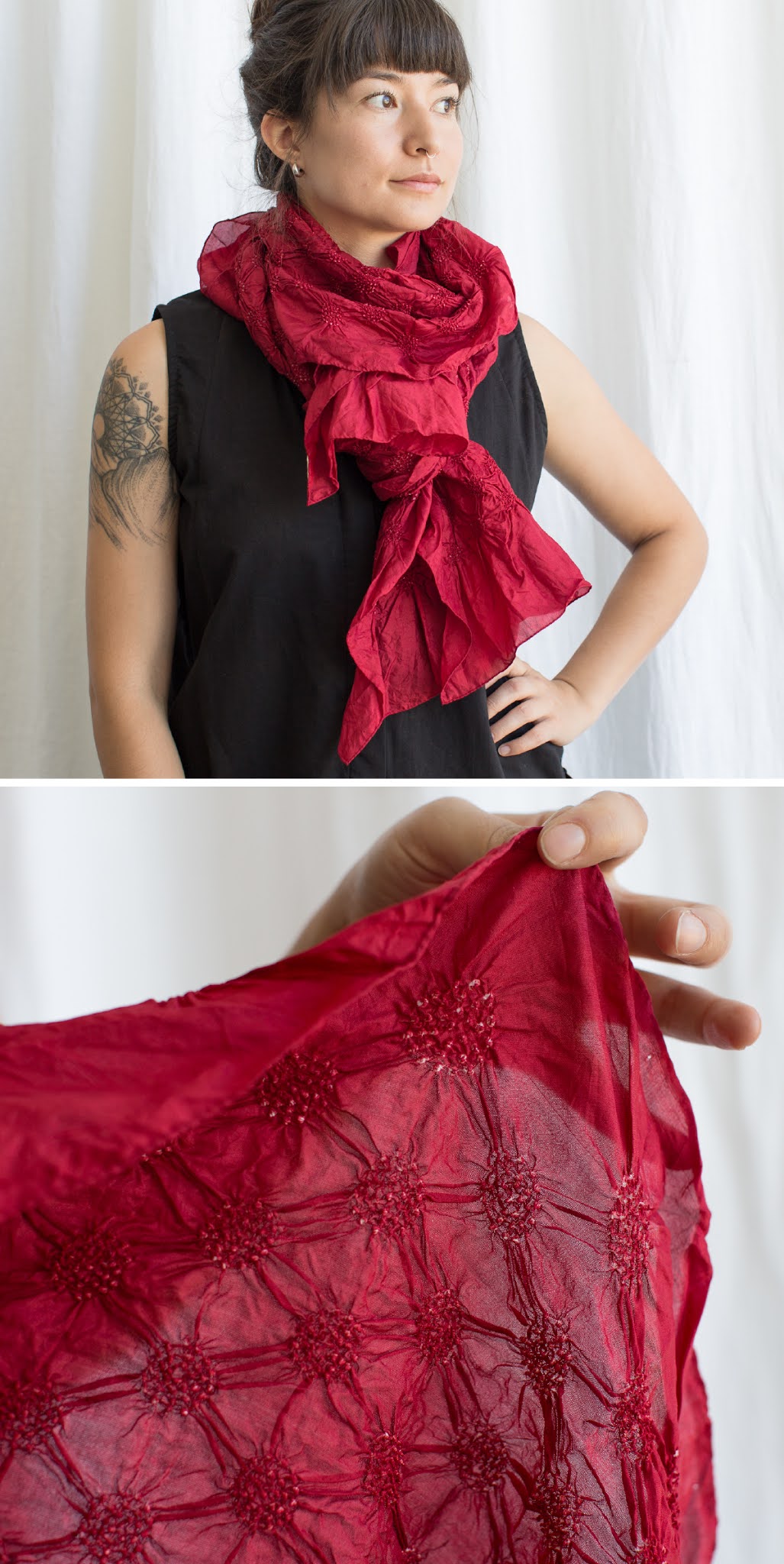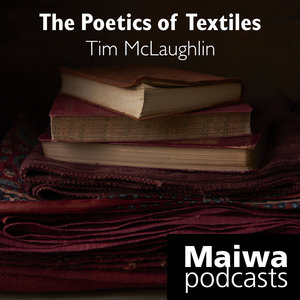
BOOK & TOTE BAG
TEXTILES OF THE BANJARA BOOK
Cloth and Culture of a Wandering Tribe
Charllotte Kwon and Tim McLaughlin
Foreward by Rosemary Crill
The Banjara, an ethnic group composed of semi-nomadic tribes found throughout the Indian subcontinent, are renowned for their highly colorful textiles. Embellished with mirrors, shells, and intricate embroidery, Banjara work displays a surprisingly modern aesthetic. Created to showcase embroidery skill, protect the owner from harm, and channel auspicious powers, the Banjara technique is unique in India and is a celebration of the strength of the women who practice it. This is the first book devoted to the traditional clothing and embroidery of the Banjara, illuminating their long history and investigating their links with the European Roma.
Maiwa first began making plans to work with Banjara embroiderers in 2001. This book is the result of years of research and several hundred miles of trips to meet with different groups. This book became possible due to a close collaboration between authors Charllotte Kwon and Tim McLaughlin and the founders of Surya's Garden: Laxmi Naik and her late husband Jan Duclos. Together it was hoped that this book would be an enduring record of an incredibly strong and vibrant cultural tradition.

THE BANJARA
Banjara stitchwork displays a surprisingly modern aesthetic. The bold geometric designs are tightly embroidered in a style that completely covers the fabric. Designs play and break with symmetries to guide auspicious forces. The stitches are deftly executed and are designed to outlast the fabric they adorn.
To our U.S. customers – don't forget that the exchange rate works in your favour, it's like an extra discount.


























































